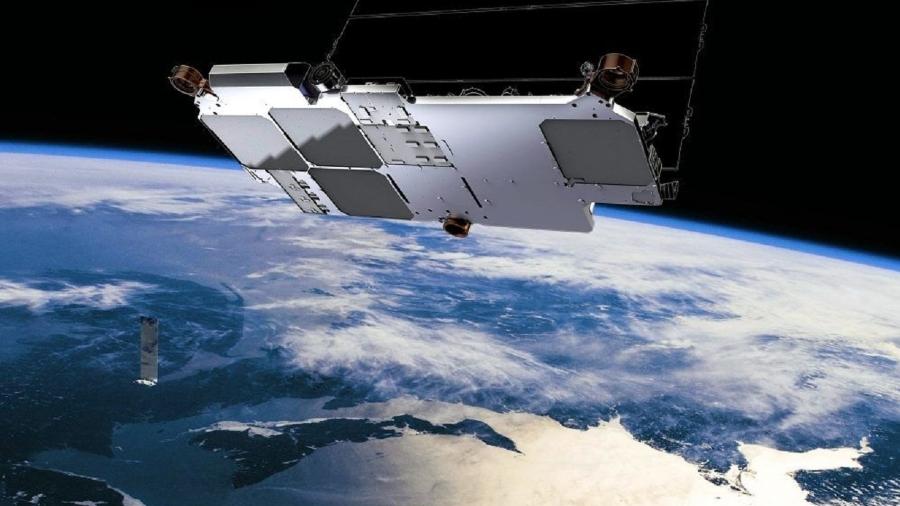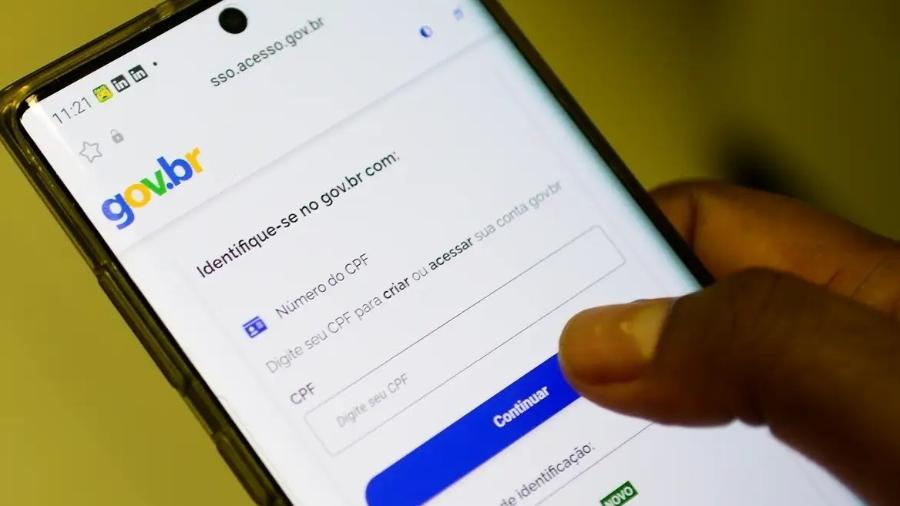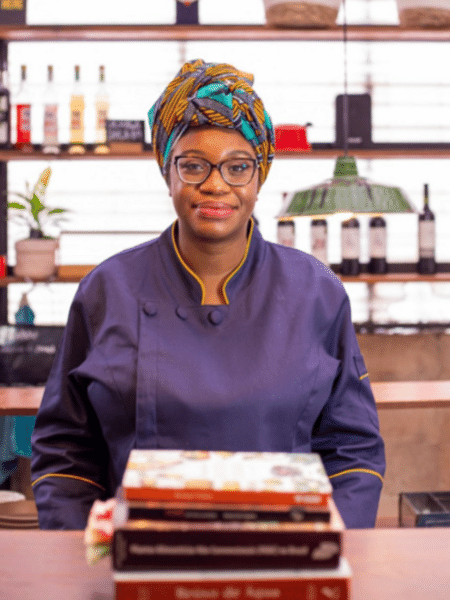Físico diz que foto de chouriço é do telescópio James Webb e se desculpa

O físico francês Etienne Klein "trollou" seus seguidores no Twitter, ao compartilhar a imagem de uma fatia de chouriço, afirmando que seria uma nova imagem captada pelo telescópio James Webb.
O diretor de pesquisa da Comissão de Energias Alternativas e Energia Atômica da França resolveu fazer a brincadeira no dia 31 de julho, segundo o The HuffPost França.
Na legenda da foto, o cientista afirmou que era a imagem de uma Proxima Centauri, a estrela mais próxima do nosso Sistema Solar. "Este nível de detalhe... Um novo mundo é revelado dia após dia", tuitou Klein.
A imagem foi bastante compartilhada na rede social, então Klein postou um tweet pedindo desculpas pela brincadeira, chamando de "piada científica".
Segundo Klein, o posto foi uma releitura de uma piada anterior do colega astrofísico Peter Coles. O físico completa que embora muitos tenham percebido imediatamente, "também foram necessários dois tweets para esclarecer".
"Nesse tipo de rede social, notícias falsas sempre fazem mais sucesso do que notícias reais", disse Klein ao HuffPost.


















ID: {{comments.info.id}}
URL: {{comments.info.url}}
Ocorreu um erro ao carregar os comentários.
Por favor, tente novamente mais tarde.
{{comments.total}} Comentário
{{comments.total}} Comentários
Seja o primeiro a comentar
Essa discussão está encerrada
Não é possivel enviar novos comentários.
Essa área é exclusiva para você, , ler e comentar.
Só s do UOL podem comentar
Ainda não é ? Assine já.
Se você já é do UOL, faça seu .
O autor da mensagem, e não o UOL, é o responsável pelo comentário. Reserve um tempo para ler as Regras de Uso para comentários.